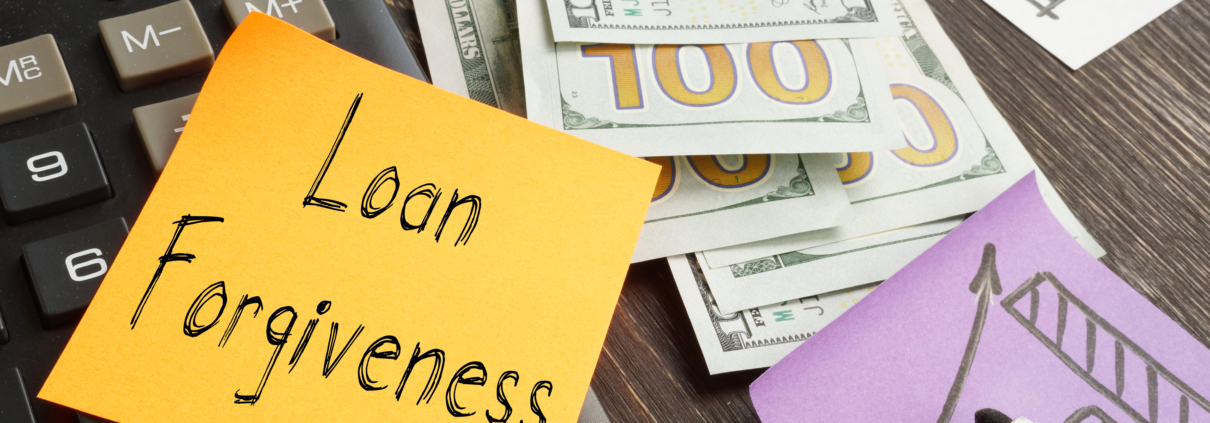Scammers are ready to pounce on student loan debt forgiveness news
The Biden Administration’s announcement that it will forgive up to $20,000 of student loan debt per person will undoubtedly help boost millions of Americans’ finances. Unfortunately, as we have seen in previous rounds of debt payment pause extensions, scammers know an opportunity when they see one. The new federal program will require many borrowers to complete an application to receive debt relief. We anticipate that criminals will step up their efforts to direct potential victims to fraudulent relief schemes that mimic the official process.
Fraud around student debt commonly involves a form of an imposter scam, where the fraudster claims to be a representative of the Department of Education or a partner of the Department, sometimes presenting accurate borrower information, such as loan balances or consolidation history. After convincing the victim of their legitimacy, the criminals often request fees for processing forms, initiating debt forgiveness, or other administrative work that the Department of Education does not actually charge borrowers for doing. Short of directly taking the borrower’s money, impersonators may also request sensitive information, such as Social Security numbers, Federal Student Aid (FSA) ID, or bank account credentials.
Additionally, scammers have started fraudulent loan servicing companies. These fraudsters sometimes claim that they can reduce borrowers’ interest rates, lower monthly payments, or offer other forms of debt relief. In reality, the criminals divert borrowers’ monthly payments to their fake servicing company. This not only directly enriches the scammers, but it can also have dramatic consequences for borrowers who become delinquent on their loans as their regular payments never make it to the actual loan balance.
While paying off your loans or applying for debt relief, keep the following in mind:
- It is free to apply for debt cancellation programs offered by the U.S. Department of Education. Whether this is the one-time $10k cancellation ($20k for Pell Grant recipients) announced in August or the rolling forgiveness programs (such as Teacher Loan Forgiveness), debt forgiveness is available to qualified borrowers at no cost. Outside services are not necessary to complete the application processes.
- Beware of unknown individuals contacting you about your debt. In addition to charging fees for completing processes that would normally be free, scammers also might ask for personal information over the phone and pressure potential victims into acting quickly with “limited-time offers.” If it seems suspicious, hang up and contact your loan servicer through their website or phone number (either of which should be available on a monthly statement or original notification of loan servicing).
- Stick with trusted government sources when possible. In addition to debt cancellation, for federal loans, the Department of Education offers different repayment plans that may lower your monthly payments, loan consolidation services, and deferment options for repayment at no charge. https://studentaid.gov is a great resource to gain accurate information.
- The federal government automatically assigns borrowers a student loan servicer for free. You do not need to search for companies to facilitate your payments. In fact, the Department of Education explicitly discourages debtors from doing just that.
- DO sign up to get updates on the $10,000 cancellation. If you subscribe through the Department of Education here, they will let you know when the process to receive the one-time $10k cancellation has begun. This will lower the chances that you are directed to a fraudulent debt relief scheme when searching for cancellation information on your own.
Be an ally in the fight against fraud!
If you suspect that you or someone you know has become a victim of one of these scams or any other fraud, don’t just delete the message — report it at once to the social media platform. You can file a complaint at Fraud.org via our online complaint form. We’ll share your complaint with our network of law enforcement and consumer protection agency partners who can investigate and help put fraudsters behind bars.









